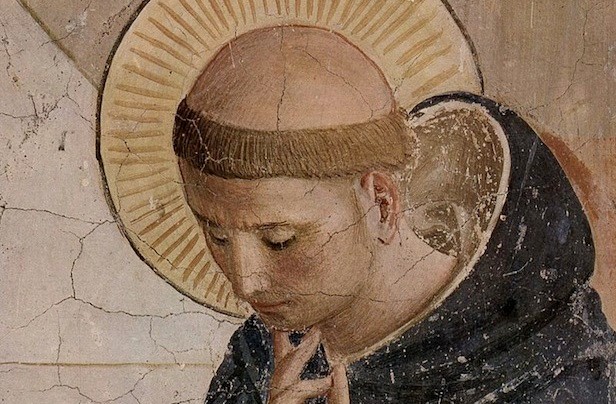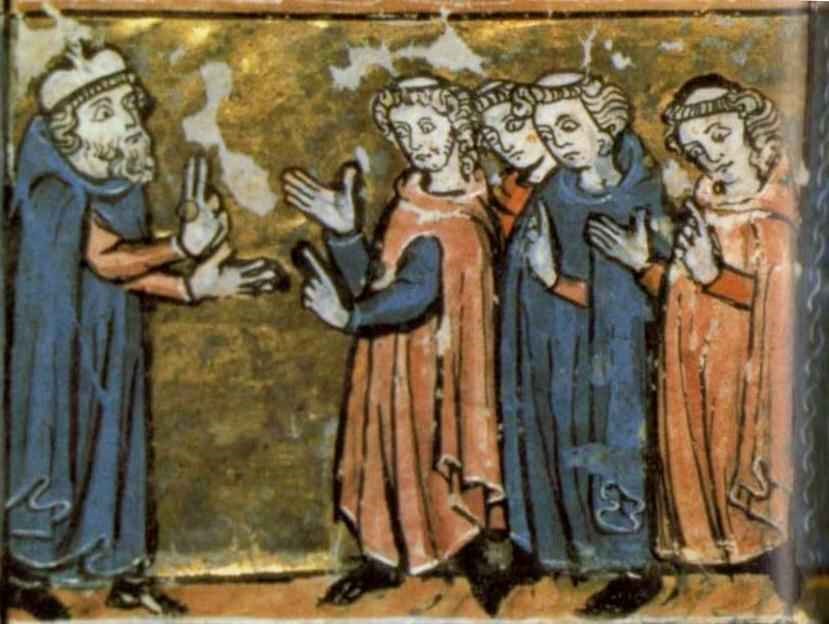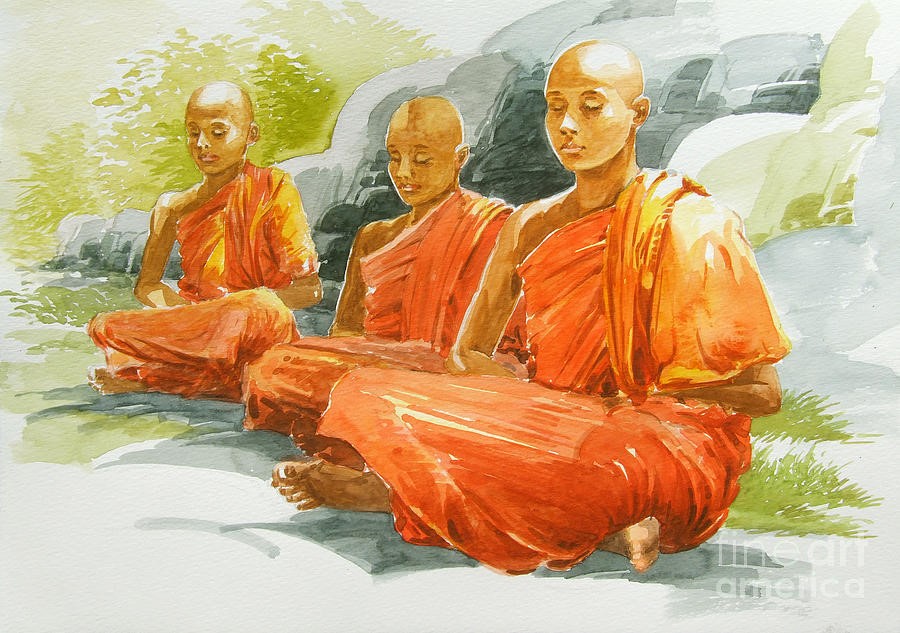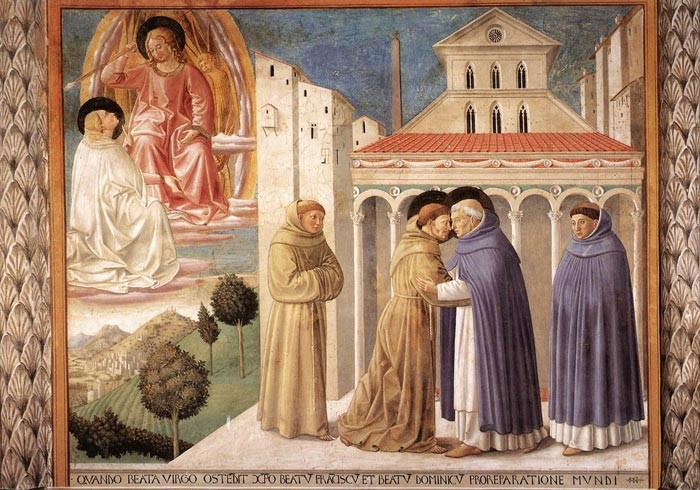Why Monks Shave their Heads

This practice is nothing new, since it has been practiced since the medieval times with a different meaning. During the medieval times, one of the requirements to
Tonsuring Among Religions
In India there are different passages of tonsure, from the first hair cut while still a baby, to complete shaving in adulthood. The most common shaving in adult males is after the death of a family member. This act is considered as a sign of bereavement.
In Buddhism, tonsure is part of the pabbajja (when a layperson leaves home to live the life of a Buddhist) rite and also to become a monk or nun. For this religion, there are two explanations behind shaving the head:

2. When the prince who was to become Buddha left his palace to seek a way beyond ageing, sickness and death, it is said that one of the first things he did was to shave off his hair and beard, and put on a yellow robe. As part of respect and to continue with these enlightening actions, Buddhist monks always completely shave their heads and beards, showing their commitment to the Holy life (Brahmacariya) of one gone forth into the homeless life.
Tonsure in Christianity and Catholicism has many explanations as well, and it will depend on the rank, order and church of the monk or friar. In Eastern Christianity, for instance, the origin of 
To keep this tradition, there were two main types of tonsure:
1. Clerical Tonsure.- Through 1972 it was a prerequisite for receiving the minor and major orders. Failing to maintain tonsure was the equivalent of attempting to abandon one’s clerical state.
2. Monastic Tonsure.- This act employed a very full version of tonsure, shaving the head entirely bald and keeping only a narrow ring of short hair, sometimes called “the monastic crown”, the head was to be kept like this as soon as the monks entered the monastic novitiate, whether destined for service as priests or brothers.
As far as Islam, partial tonsure is prohibited. Shaving of the head, however, is allowed only if there is an emergency, such as a medical condition. The most common time to shave the head for this religion is during the Hajj, since it serves as a reminder that the person has been washed clean of all prior sins.
In summary, even if some cultures may see tonsure as something unforgiveable, for the faithful and monks of various religions, tonsure is used mainly to reflect a status or stage of life they are going through or to identify themselves and to let others know about the commitment they have with a certain set of religious beliefs.
Resources:
1. (2017). Dhammawheelcom. Retrieved 23 May, 2017, from https://dhammawheel.com/viewtopic.php?t=15467
2. (2017). Quatrus. Retrieved 23 May, 2017, from http://quatr.us/religion/christians/tonsure.htm
3. (2017). Quoracom. Retrieved 23 May, 2017, from https://www.quora.com/Why-are-the-Buddhist-monks-supposed-to-shave-their-heads-What-is-the-reason-and-significance
4. (2017). Reddit. Retrieved 23 May, 2017, from https://www.reddit.com/r/AskReddit/comments/2zpvan/if_lord_buddha_did_not_shave_his_head_why_do_most/
5. (2017). Wikipediaorg. Retrieved 23 May, 2017, from https://en.wikipedia.org/wiki/Tonsure
